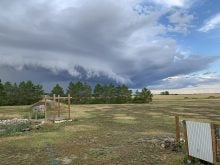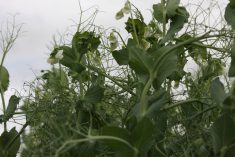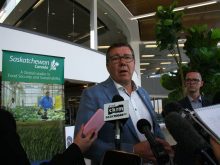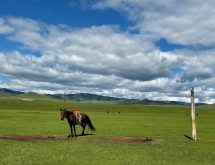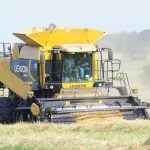Almost until the last day before the cattle industry compensation package was announced June 17, federal agriculture minister Lyle Vanclief was floating the idea that it would include interest free loans, gradually forgivable if the industry crisis dragged on.
It would be a way to get money into farmers’ hands quickly, he argued.
But for an industry losing money because of closed export markets after the discovery of one cow infected with bovine spongiform encephalopathy on May 20, more debt was not attractive.
“It was obvious it was not going to be acceptable,” the minister said after the announcement. “We listened to the industry as time went on and they said that wasn’t going to be as helpful to them as it needed to be.”
Read Also
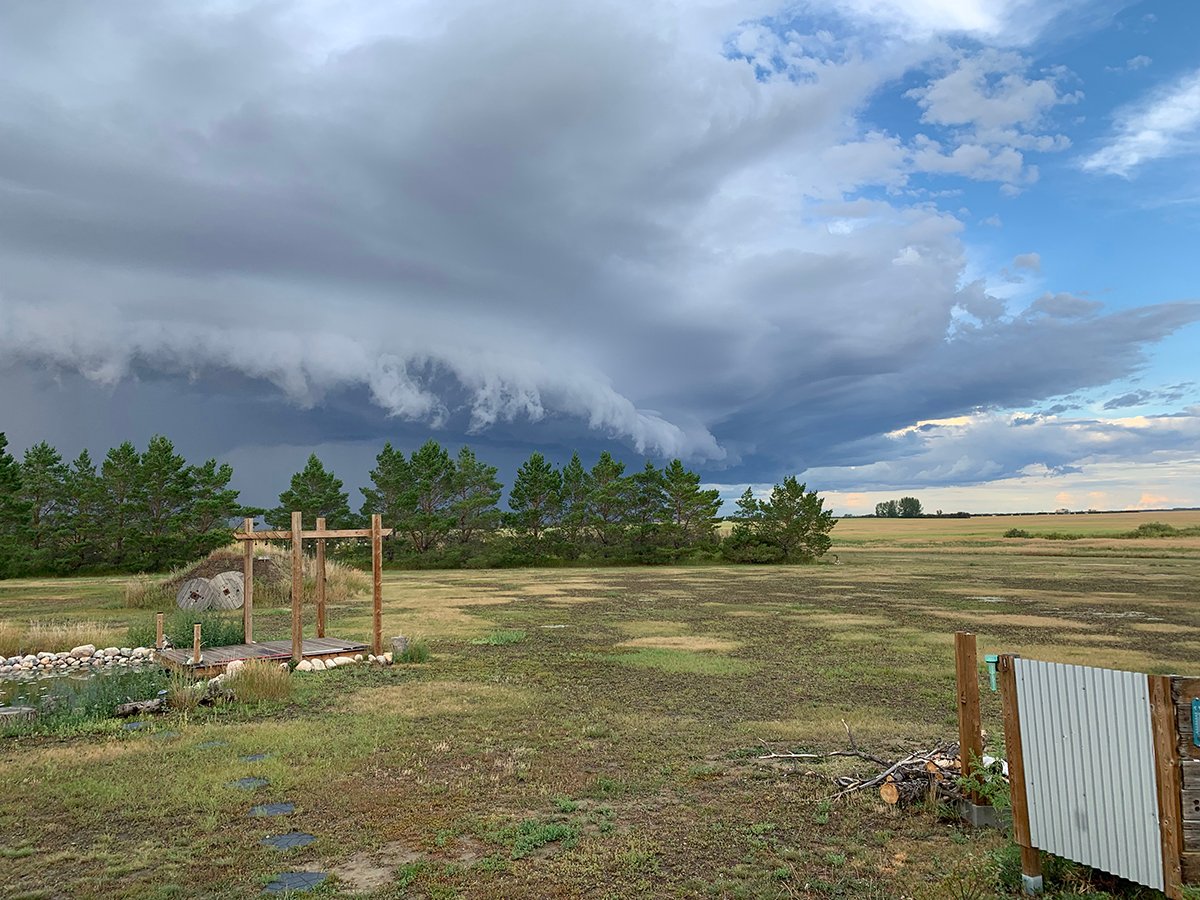
Storm dynamics and extreme rainfall
Besides moisture, instability and orographic lift, the next biggest factor that contributes to heavy or extreme rainfall is storm dynamics.
The result was a much more bureaucratic program that could take time to get money into farmers’ hands.
Vanclief announced Ottawa will put $276 million into a package meant to attract $184 million in provincial funds as their 40 percent share. More than $100 million of that $460 million total could be recouped by governments next year when Net Income Stabilization Account payments under the agricultural policy framework are deducted to reflect income this year.
Vanclief said $30 million will be offered to packers to clean out their freezers of products Canadians normally do not eat, but now cannot be exported. That will open up freezer space and allow packers to begin buying cattle again for the domestic market.
The remainder of the money will be used to compensate farmers or feedlot owners when they sell to packers at less than a “reference price” of approximately $1.05 per pound available before May 20.
Once they sell an animal, a form will have to be submitted to the government (usually provincial) indicating the price received. A calculation of compensation will then be made and a cheque issued.
In a market where sales have been limited, it is a compensation program based on selling animals. And there will be significant paperwork, leading even the most optimistic to suggest it will be well into July before any compensation is available.
“Certainly this is not going to be an easy thing to do,” said Vanclief. “This is going to be very complicated to do because of the movement of animals and the paperwork that we will need to make sure that everyone gets what’s coming to them.”
Industry will be expected to absorb the first 10 percent of price decline. After that, governments will pay a declining percentage of the difference between the reference price and the actual price as prices decline.
A model prepared by federal bureaucrats suggests that at 70 cents per pound, based on a $1.05 reference price, governments would rebate 84 percent of the difference or 29 cents.
At 50 cents per lb., governments would rebate 71 percent of the difference or 39 cents.
The lower the price, the less percent governments will pick up.
Agriculture Canada official Gilles Lavoie said June 23 it will be a packer decision what cattle to buy and from whom but a federal-provincial-industry group will monitor the sales to make sure everyone who wants to sell has a chance.


